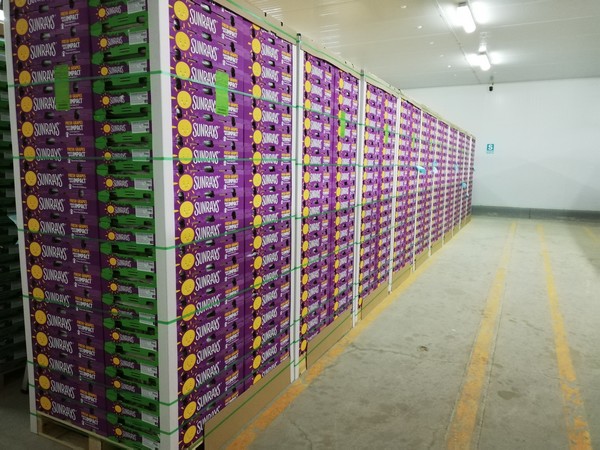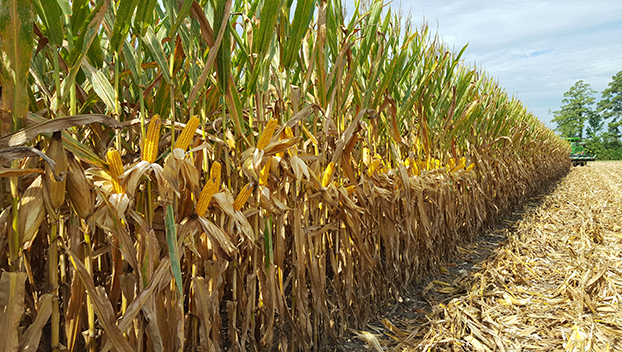ersa.indah.link
Corn. Herpes. An underwater conveyor belt. The most promising weapons against one of the most invasive and destructive fish in the United States are not exactly traditional.
Over the past decade, researchers at the University of Minnesota have tested a number of strange ideas to find a method to eradicate or at least cut down the number of common carp that have taken over and changed the makeup of lakes and wetlands throughout the state.
And they're starting to see results with these offbeat methods that cater to the fishes' appetite, migrating patterns and diseases that kill them. In just a few days last spring, the U was able to pull more than a thousand carp out of Rice Creek near New Brighton using an electric fence and a conveyor belt.
"That was in a relatively small area just so we could see if it works," said Przemek Bajer, one of the lead researchers with the U's Minnesota Aquatic Invasive Species Research Center. "This year we'll be more than doubling the area, so we think we'll get more of the fish to aggregate."
Common carp have been so prevalent throughout Minnesota and much of the U.S. over the past century that they are often overlooked. But while newer invasive threats such as zebra mussels and the big head and silver carp working their way up the Mississippi River grab much of the attention, common carp have been steadily and quietly wreaking havoc on local ecosystems.
The Minnesota Department of Natural Resources (DNR) lists the fish as perhaps the most damaging invasive species to ever hit the state's waters, particularly in shallow lakes and wetlands.
They were purposefully released in the state as a game fish by European immigrants in the 1880s and have been multiplying almost unchecked ever since. As bottom feeders, they nose under lake beds searching for food, uprooting plants and vegetation like feral hogs. That muddies the water, killing native plants and fish. It also releases phosphorus and nitrates that had been safely sequestered at the bottom of the lake, causing algae blooms.
Those blooms can turn toxic, deplete a shallow lake's oxygen supply and leave native fish and waterfowl with little to eat. When those animals die or move on, the carp rule the muddy, nutrient-rich and predator-free waters that are ideal for their offspring.
Exploiting weaknesses
The species does, however, have a handful of weaknesses that can be exploited if scientists can find methods that are cheap and easy enough, Bajer said.
One of those weaknesses? Carp migrate together by the tens of thousands each spring to the shallow waters and marshes where they lay their eggs.
"That does half the work for us because it gives us a nice pinch point," he said.
Bajer and his team have tested electric fences during the migration, guiding the fish into a pen. Gaps in the fence are large enough for most native fish to swim through, while the larger carp are stuck. Once they're corralled, an electric shock slightly stuns them over the conveyor belt, which scoops them up one by one; any native fish that are incidentally captured can be safely released.
The system is largely automated and can be run by just two people on and off for about a month each spring during the migration. The project received $300,000 in funding from the state's Environment and Natural Resource Trust Fund.
If an estimated 20,000 carp migrate through Rice Creek each year, and the conveyor belt can take out several thousand a year, native plants may start returning and native fish may start rebounding, Bajer said.
"It would take time, but you could fish down that carp population," he said.
Another vulnerability for carp is how much they love corn.
No native fish species eat corn, but carp will feast on it, Bajer said.
The research center has been using the crop as bait. The carp swarm it in large numbers, scaring away native fish that have no interest in fighting over a grain. Nets surrounding the corn are simply pulled up and the carp are captured with very few — less than 1 in 100 — native fish incidentally taken in the nets.
"We tried this with six nets, and we pulled up almost 7,000 carp in just two days," Bajer said.
A viral approach
Carp are also killed by a herpes virus that seems to only infect them and other koi fish.
While researchers with the U say they never plan to release the virus to fight carp, they are looking for ways to make the fish more vulnerable to succumbing to the disease when there are outbreaks.
They've been testing the virus — Koi Herpes Virus or KHV — on native minnows and fish in the lab to see if it could potentially harm or infect other species. Trials are showing that the virus doesn't seem to infect any fish other than koi, said Isaiah Tolo, a researcher with the U.
"Viruses are almost as diverse as animals," Tolo said. "One of the reasons why herpes is interesting to us is because it tends to stick with one host and not jump species."
It's unclear exactly how long the virus has been infecting carp in Minnesota. It was first found in the early 2000s, but it's possible it has been present for as long as the carp have been here, Tolo said.
The virus has caused several large carp die-offs, including one 2018 case where about 10,000 died at once in a western Minnesota lake — about a third of the lake's total carp population.
The denser the population, when more carp are crowded together, the more vulnerable they are to the virus, Tolo said. Researchers don't know yet if the fish can be manipulated in ways that will help the virus kill them off.
"Right now we're really trying to learn everything we can about the virus, and really make sure it's safe," he said.
Greg Stanley • 612-673-4882
The Link Lonk
January 31, 2021 at 06:01AM
https://ift.tt/3j0FUnk
Corn, conveyor belts and a virus show promise in removing invasive carp from Minnesota waters - Minneapolis Star Tribune
https://ift.tt/3gguREe
Corn

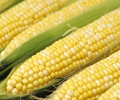





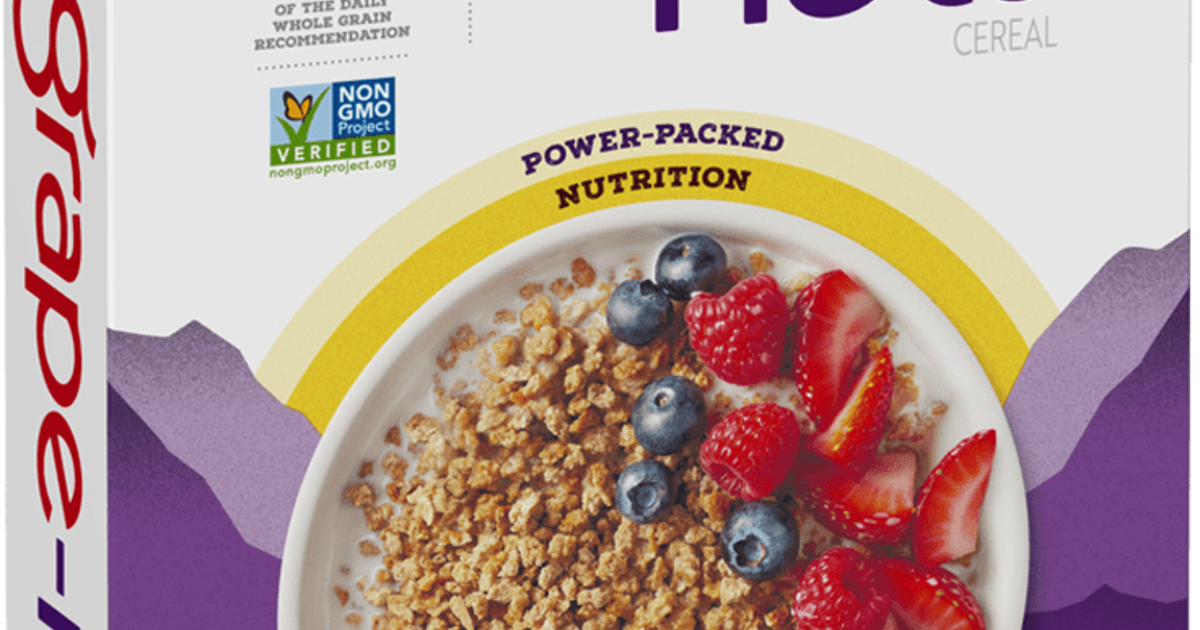

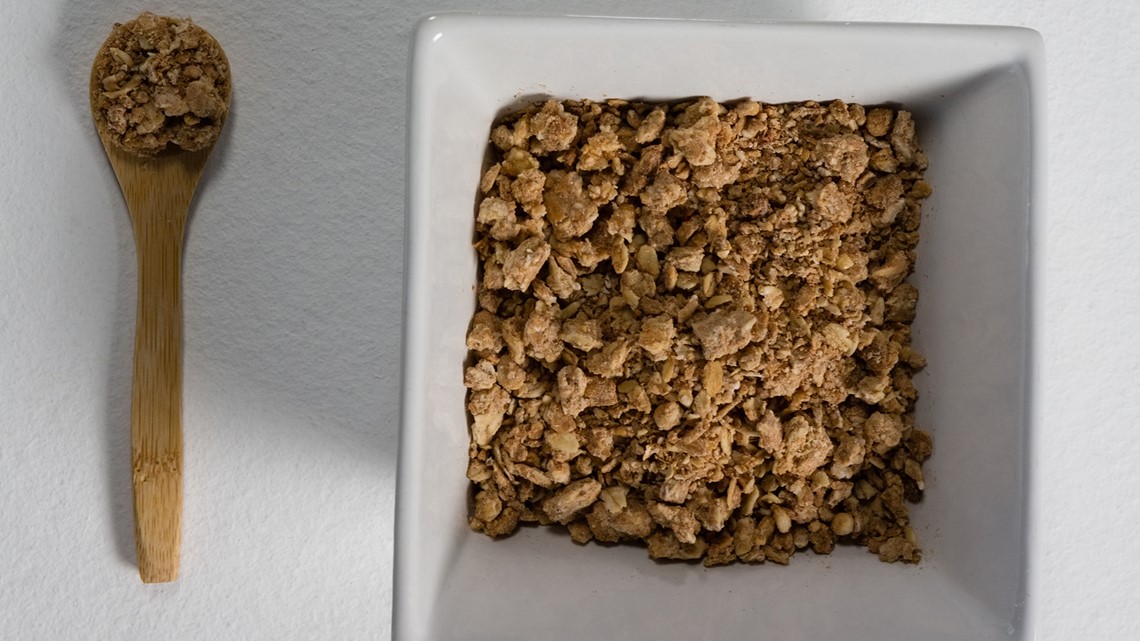




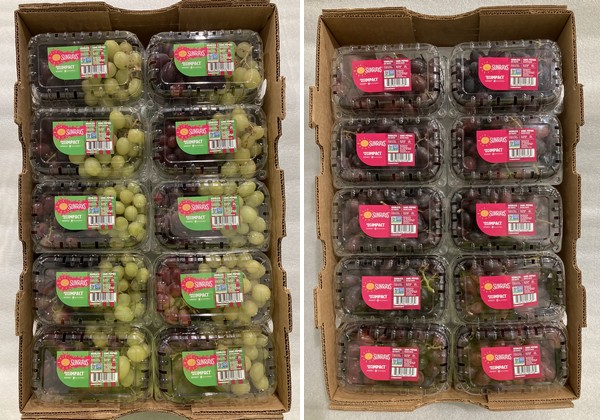
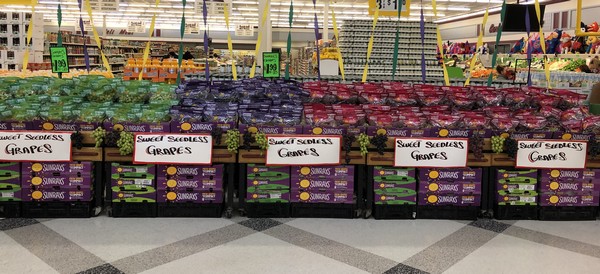 Store display with SUNRAYS® grapes.
Store display with SUNRAYS® grapes.